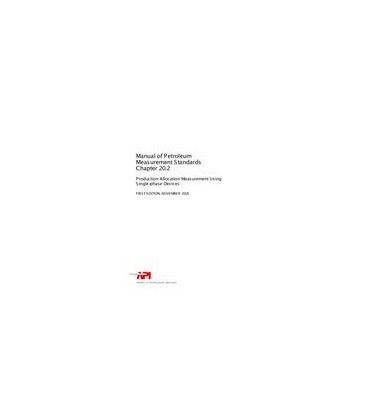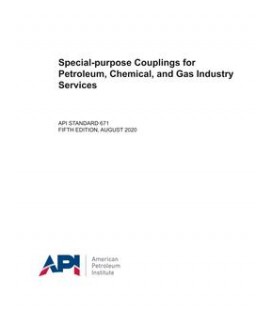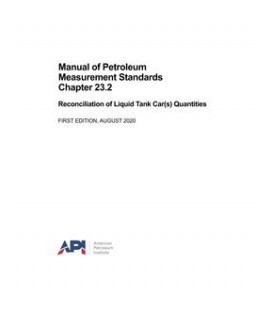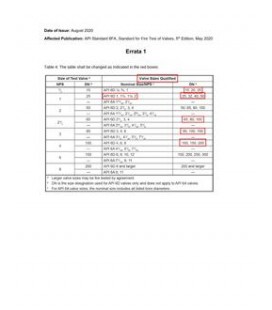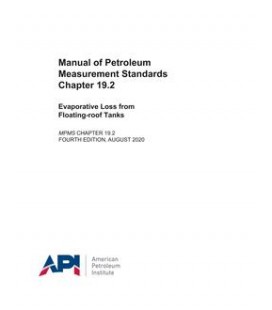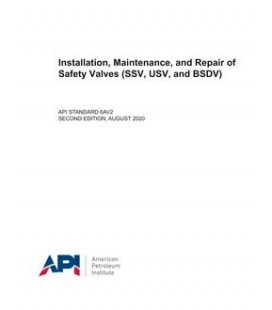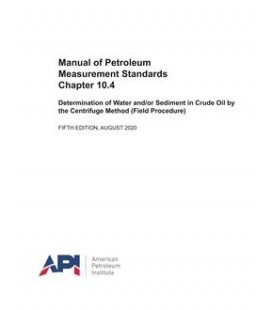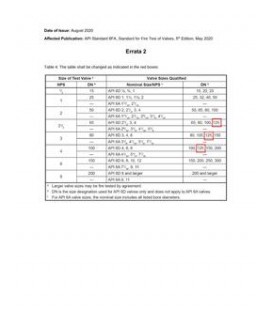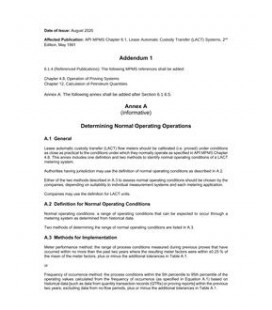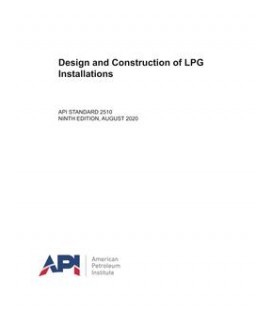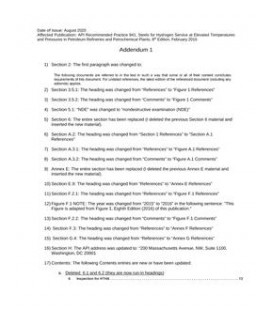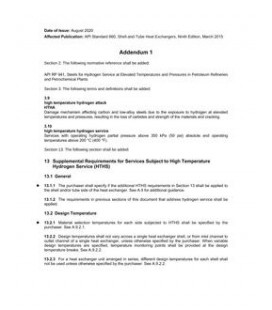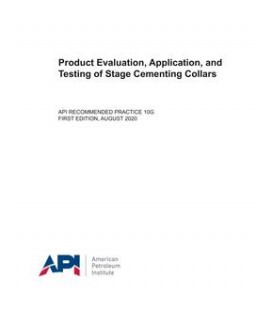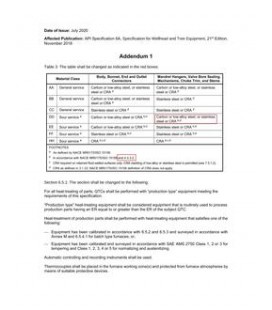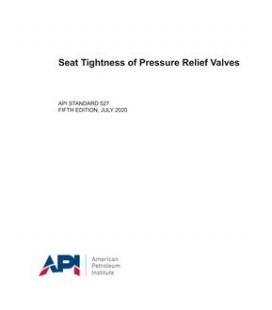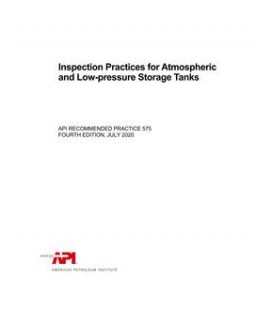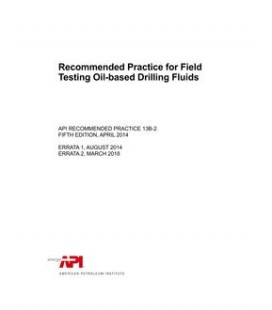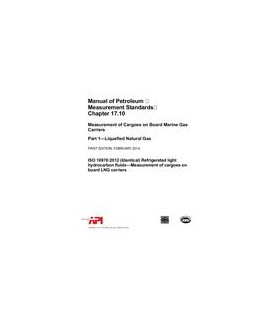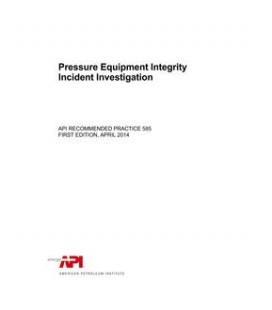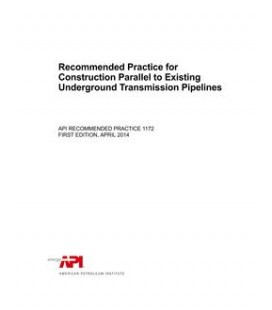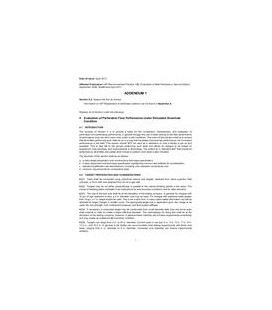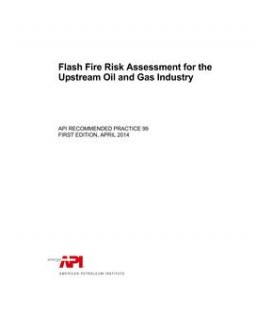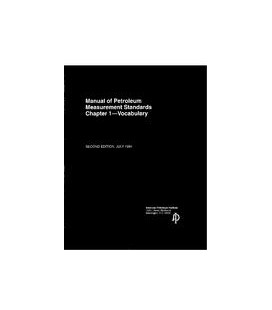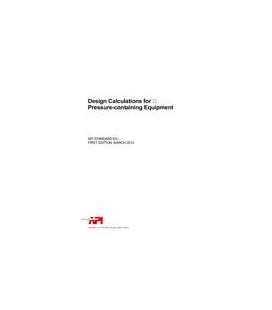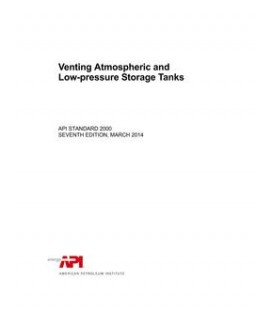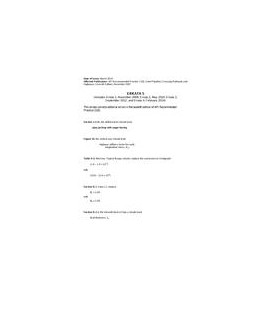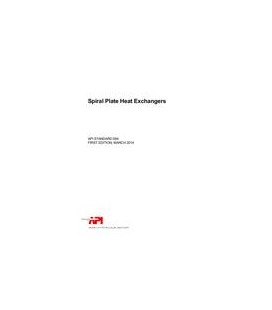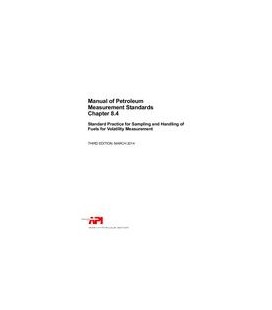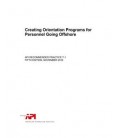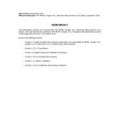Cart
0
0
item(s)
-
$0.00
No products
To be determined
Shipping
$0.00
Total
Quantity
Total
Product successfully added to your shopping cart
There are 0 items in your cart.
There are 0 items in your cart.
Total
API MPMS Chapter 20.2
API MPMS Chapter 20.2 Production Allocation Measurement Using Single-phase Devices, First Edition
Handbook / Manual / Guide by American Petroleum Institute, 11/01/2016
Reduced price!
M00008986
New product
Full Description
This standard covers the application of production allocation (determination of flow quantities and rates of oil, gas, water, and other constituents) using single-phase measurement devices in combination with a two- or three-phase production separator.This standard is applicable to single-phase measurement techniques upstream of the custody transfer points where custody transfer conditions are not possible. The standard presents single-phase flow measurement used in the allocation process and located downstream of the first stage of separation on a production facility.
This standard addresses common allocation single-phase flow measurement devices for liquid hydrocarbons, water, and gas including ancillary flow measurement systems such as fuel, flare, and recirculation.
This standard discusses configuration and operation of flow measurement equipment, fluid properties, production processing, associated flow conditions, and their effects on the quality of the flow measurement results. This standard discusses the possible impacts on these devices during inefficient and/or ineffective separation.
This document provides guidance with respect to the major factors that could contribute to measurement uncertainty for single-phase devices used in production allocation. It is not intended to prescribe a particular meter type or allocation method. Allocation methodologies are addressed in API MPMS Chapter 20.1.
This edition of API MPMS Chapter 20.2 also supersedes the below-listed sections of API MPMS Chapter 20.1, Allocation Measurement, First Edition, 1993:Section 1.5 Liquid Quantity Measurement (subsections not superseded by MPMS Chapter 20.2 include 1.5.2.4 Tanks and 1.5.2.5.2 Indirect Mass Measurement);Section 1.7.2.2.3 Flow Meters;Section 1.8 Liquid Proving and Calibration Techniques;Section 1.10 Gas Quantity Measurement;Section 1.11.4 Meter Calibration;Section 1.14 Gas Calibration and Proving Techniques.

